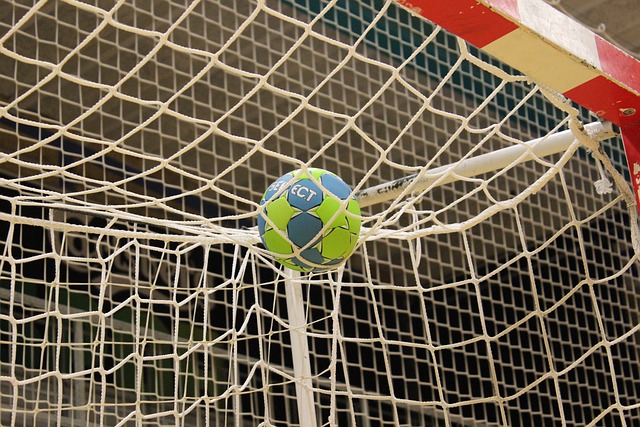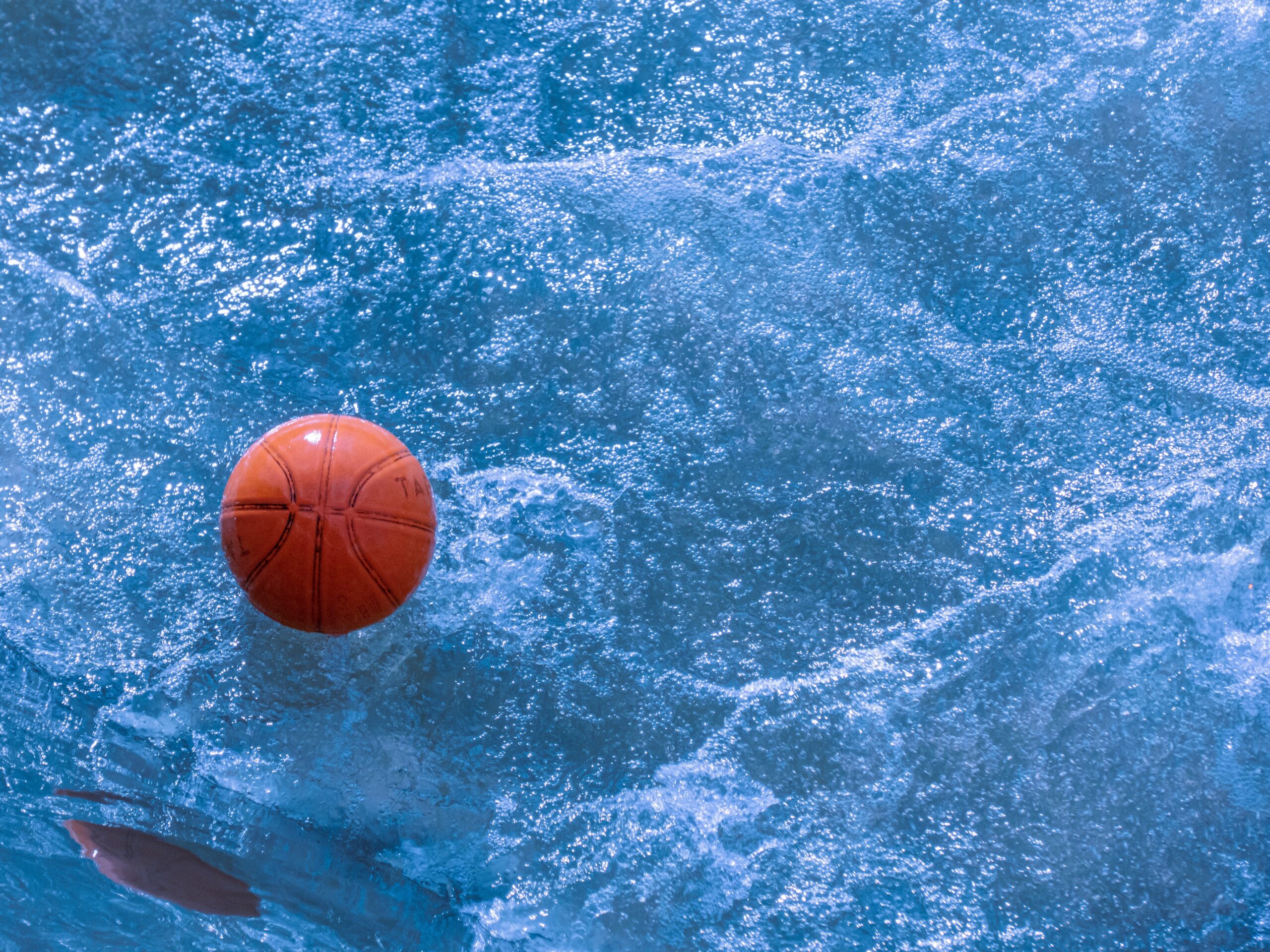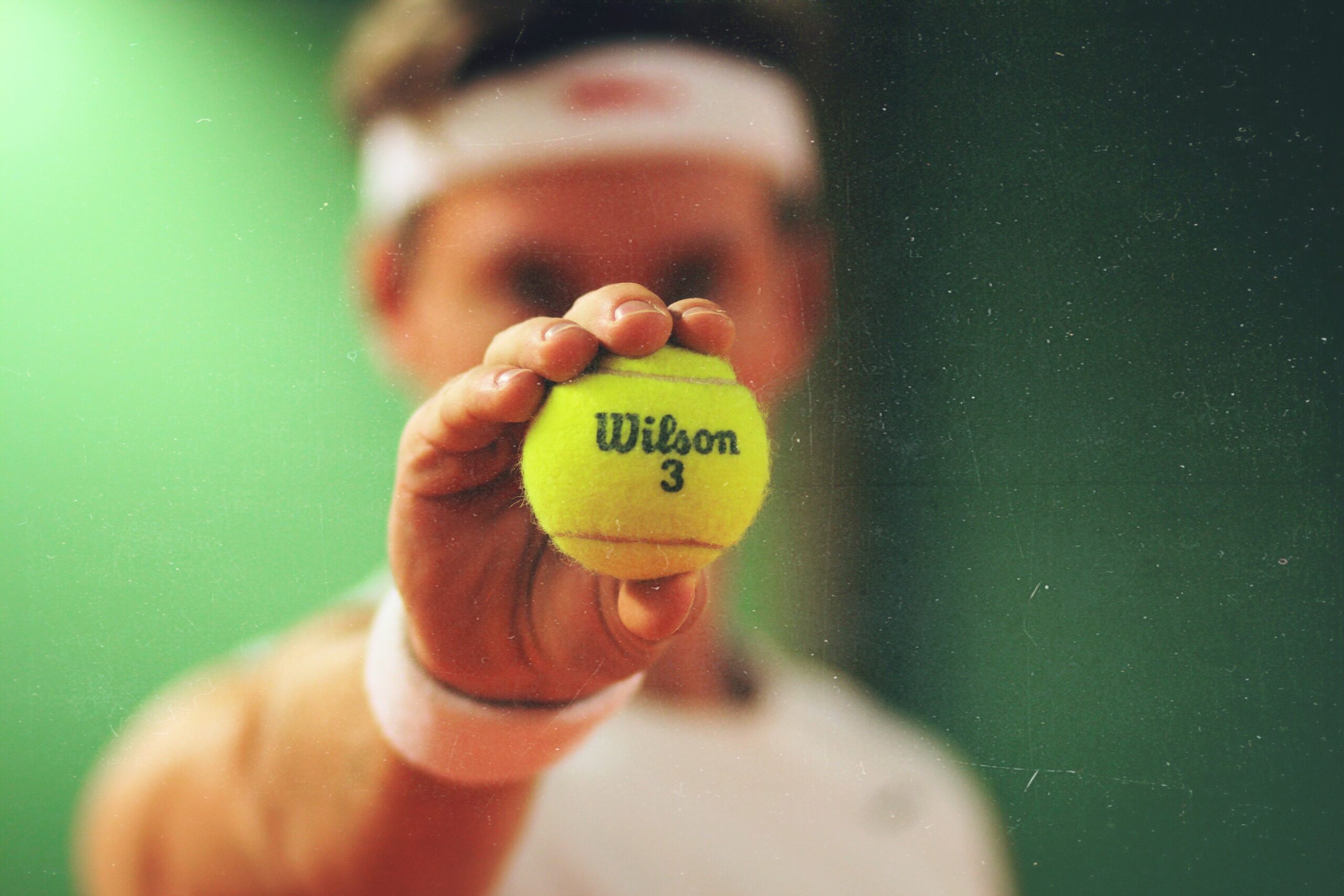Handball, a thrilling and fast-paced team sport, relies heavily on the performance of its equipment. Among the most crucial elements is the handball ball itself, which undergoes a meticulous construction process to ensure optimal performance on the court.
In this article, we will delve into the fascinating science behind handball ball construction, exploring the materials used and the construction methods employed. By understanding the intricacies of handball ball engineering, players, enthusiasts, and curious minds can gain insights into the factors that contribute to the ball’s grip, durability, bounce, and overall performance. So, let’s embark on this journey to unravel the secrets behind the creation of handball balls.
What materials are used to make handball balls?
Handball balls are crafted using a combination of materials carefully selected to meet specific performance criteria. The outer cover, or the casing, is typically made of synthetic materials such as polyurethane or synthetic leather. These materials offer excellent durability, water resistance, and grip, allowing players to maintain control even in intense game situations.
The inner bladder, responsible for retaining air pressure, is usually made of latex or butyl, ensuring sufficient bounce and a consistent feel during gameplay. The choice of materials is crucial in achieving the desired characteristics of a handball ball, striking a balance between durability, grip, and responsiveness.
How are handball balls designed for optimal grip?
The grip is a vital aspect of handball balls, enabling players to maintain control and deliver accurate passes and shots. To enhance grip, handball balls feature a textured surface with small protrusions or dimples. These surface patterns increase friction between the ball and the player’s hand, providing a secure grip even in high-speed movements.
The materials used in the construction of the ball’s cover also contribute to grip enhancement. Synthetic materials with a slightly tacky feel offer superior grip, allowing players to execute precise maneuvers and maintain control in challenging game situations.
What role does the bladder play in handball ball construction?

The bladder is a crucial component of handball ball construction, responsible for maintaining the ball’s shape, bounce, and air pressure. It is typically made of latex or butyl rubber, which possesses excellent elasticity and air retention properties. The bladder is inserted into the casing and inflated to the desired pressure, ensuring optimal performance on the court.
A properly inflated bladder ensures a consistent bounce, facilitating accurate passes, shots, and catches. Handball ball manufacturers employ precise manufacturing techniques to ensure that the bladder remains securely in place, maintaining the ball’s integrity throughout gameplay.
How are the panels of a handball ball stitched together?
Handball balls are constructed using multiple panels stitched together to form a spherical shape. Traditionally, handball balls featured 32 hand-stitched panels, although modern manufacturing techniques may vary. These panels are carefully cut and shaped to create a symmetrical design that allows for predictable flight characteristics.
The stitching process involves skilled craftsmen meticulously joining the panels using strong and durable threads. The stitching pattern employed ensures the panels are securely connected, providing a seamless playing surface and preventing the ball from deforming during intense gameplay.
What are the considerations for the size and weight of handball balls?
Handball balls adhere to specific size and weight regulations set by the International Handball Federation (IHF). The standard size for handball balls is typically between 58-60 centimeters in circumference. This size ensures optimal handling and control for players of various ages and skill levels. In terms of weight, handball balls typically range from 425 to 475 grams.
The weight is carefully chosen to strike a balance between ease of handling and the ball’s ability to maintain stability during flight. The IHF regulations ensure uniformity in size and weight across different handball balls used in professional and recreational play.
How do different materials affect the bounce of a handball ball?
| Material | Durability | Grip |
|---|---|---|
| Synthetic Leather | High | Good |
| Polyurethane | Very High | Excellent |
| Rubber | Medium | Fair |
| Composite | High | Good |
| Recycled Material | Varies | Varies |
The materials used in the construction of a handball ball have a significant impact on its bounce characteristics. Natural or synthetic rubber compounds are commonly used for the outer cover, offering elasticity and resilience that contribute to a consistent and reliable bounce. The specific formulation of the rubber, including the ratio of natural to synthetic components, determines the ball’s bounce properties.
Natural rubber tends to provide a softer and more responsive bounce, while synthetic rubbers offer increased durability and consistency. The choice of bladder material, typically latex or butyl rubber, also affects the ball’s bounce.
Latex bladders provide a livelier bounce, whereas butyl rubber bladders offer better air retention and a more controlled bounce. Manufacturers carefully select and test different materials to ensure optimal bounce performance for handball players.
What makes the surface of a handball ball durable and resistant?
The durability and resistance of a handball ball’s surface are essential factors in its performance and longevity. The outer cover of handballs is usually made from synthetic materials such as polyurethane or synthetic leather. These materials are chosen for their robustness and ability to withstand the demands of intense gameplay.
The surface undergoes specialized treatments and finishes to enhance its durability, resistance to abrasion, and grip. Additional reinforcements and layering techniques may be employed to strengthen specific areas prone to wear and tear, such as the seams and panel joints. Through meticulous design and engineering, handball ball manufacturers strive to create a surface that can withstand repeated impacts, maintain its shape, and provide reliable performance throughout the ball’s lifespan.
How are handball balls tested for quality and performance?

Handball balls undergo rigorous testing procedures to ensure their quality, performance, and adherence to industry standards. Manufacturers subject the balls to various tests, including circumference and weight measurements, bounce tests, roundness checks, and compression tests. These tests verify that the ball meets the prescribed specifications outlined by handball governing bodies.
Additionally, handball balls are tested for their grip, water resistance, and durability through simulated game conditions and controlled environments. The goal is to ascertain that the ball performs consistently and reliably, providing players with optimal control, accuracy, and responsiveness on the court. Testing protocols are continuously refined to reflect advancements in technology and the evolving needs of handball players.
What are the benefits of using synthetic materials in handball ball construction?
The use of synthetic materials in handball ball construction offers numerous benefits for both players and manufacturers. Synthetic materials, such as polyurethane and synthetic leather, provide enhanced durability and resistance to abrasion compared to traditional genuine leather. These materials are also highly customizable, allowing manufacturers to achieve specific performance characteristics such as grip, bounce, and responsiveness.
Synthetic materials offer consistent performance in different weather conditions, ensuring that the ball’s properties remain unchanged regardless of the playing environment. Moreover, synthetic materials are more cost-effective and readily available than genuine leather, making handball balls more accessible to players at all levels. Overall, the use of synthetic materials in handball ball construction improves performance, durability, and affordability.
How do handball ball manufacturers ensure consistency in production?
Handball ball manufacturers employ stringent quality control measures to ensure consistency in production. They utilize advanced manufacturing processes, including precision cutting, stitching, and panel bonding techniques, to achieve uniformity and accuracy in ball construction. Quality assurance protocols are implemented at various stages of production to monitor and maintain consistent specifications.
Manufacturers also employ strict material sourcing guidelines to ensure the use of standardized and reliable components. Furthermore, sophisticated testing equipment and quality management systems are utilized to assess and verify each ball’s performance characteristics. By adhering to strict manufacturing standards and implementing robust quality control procedures, handball ball manufacturers ensure that every ball that leaves their facilities meets the highest standards of consistency and performance.
What role does the valve play in maintaining the air pressure of a handball ball?

The valve in a handball ball plays a crucial role in maintaining optimal air pressure throughout gameplay. Typically made of rubber or synthetic materials, the valve is securely embedded in the ball and acts as a seal to prevent air leakage. It allows for controlled inflation and deflation of the ball, enabling players to adjust the air pressure to their preference.
The valve’s design ensures a tight seal to maintain the desired air pressure, ensuring the ball’s consistent bounce and performance. Players can easily access the valve using a needle pump to add or release air as needed. The valve’s functionality is essential in maintaining the ball’s integrity and performance, allowing players to achieve precise control and accuracy in their throws, catches, and shots.
How are handball balls designed to minimize water absorption?
Handball balls are designed with specific features to minimize water absorption and maintain optimal performance in wet conditions. The outer cover of modern handballs is typically made from synthetic materials that have low water absorption properties. Synthetic leather or polyurethane materials are naturally hydrophobic, meaning they repel water and prevent it from penetrating the surface.
These materials undergo specialized treatments and coatings that further enhance their water resistance. Additionally, manufacturers employ advanced panel construction techniques, such as thermal bonding or sealed seams, to create a tight and impermeable outer shell. These design elements ensure that handball balls do not become waterlogged, heavy, or slippery during gameplay, enabling players to maintain their grip and control even in damp conditions.
What are the advancements in handball ball construction over the years?
Handball ball construction has seen significant advancements over the years, driven by technological innovation and the pursuit of improved performance. The shift from traditional genuine leather to synthetic materials revolutionized the industry, offering enhanced durability, consistency, and affordability. Manufacturers have also focused on optimizing ball aerodynamics through precise panel shapes, textures, and surface treatments, reducing air resistance and improving stability during flight.
Advanced manufacturing techniques, such as thermo-bonding and laser cutting, have enabled the creation of seamless and highly durable balls. Additionally, advancements in bladder technology, such as the use of latex and butyl rubber compounds, have resulted in better air retention and improved bounce characteristics. These continuous advancements in handball ball construction have elevated the game, providing players with superior performance and reliability.
Ultimately
The science behind handball ball construction is a fascinating blend of materials, design, and engineering. By using synthetic materials for the outer cover and employing specific surface textures, handball balls offer superior grip and durability. The bladder, made of latex or butyl rubber, ensures consistent bounce and air pressure retention. The stitching of panels using precise techniques creates a seamless and stable ball shape.
Furthermore, the size and weight of handball balls conform to IHF regulations, enabling players to experience uniformity and predictable performance. Understanding the science behind handball ball construction allows players and enthusiasts to appreciate the meticulous craftsmanship involved and make informed choices when selecting a ball. So, grab your handball and experience the result of this intricate engineering firsthand.